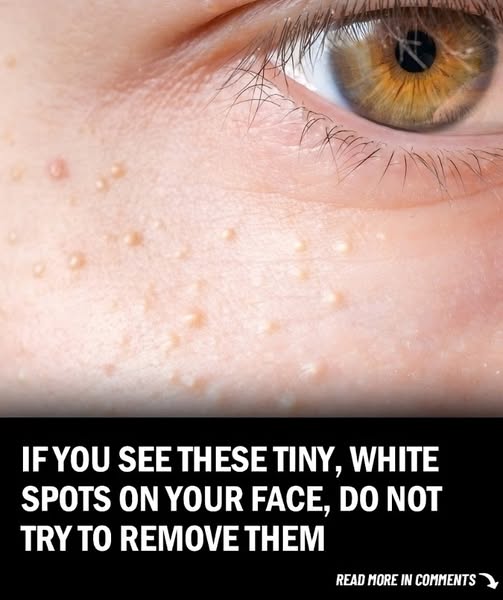
Our skin, the body’s outermost layer, is fully exposed to the environment. So, people of all ages worldwide often face various skin problems. Most skin issues, like psoriasis and eczema, stem from inflammation, but not every bump or discoloration needs treatment. Take milia, for instance.
A milium cyst, or milia, is usually caused by trapped keratin (the protein in hair, skin, and nails). It’s very common in infants; up to half of them get it as their skin is still learning to exfoliate. However, it can affect people of any age when something blocks the ducts to the skin’s surface, like an injury or burn.
Milia appear as tiny white bumps, often on the nose, chin, cheeks, or other body parts.
Milia are classified by the age of onset or the cause of the cyst:
- Neonatal milia: Develop in infants and clear up in a few weeks. They’re usually on the face, scalp, and upper torso. About 40% of newborns have them, according to Seattle Children’s Hospital.
- Juvenile milia: Caused by rare genetic disorders like Nevoid basal cell carcinoma syndrome (NBCCS), Pachyonychia congenita, Gardner’s syndrome, or Bazex – Dupré – Christol syndrome.
- Adult – onset milia: Associated with genetic or autoimmune skin disorders like discoid lupus or lichen planus. It affects the eyelids, ears, cheek, or jaw, commonly seen in middle – aged women but can occur in anyone.
- Traumatic milia: Seen in older children and adults. Cysts can be around the eyelids, forehead, or on the genitalia. They may disappear in weeks or last months.
- Post – inflammatory milia: Can form on skin with prior injuries like rashes or sunburns. The cysts may get irritated, with red edges and a white center.